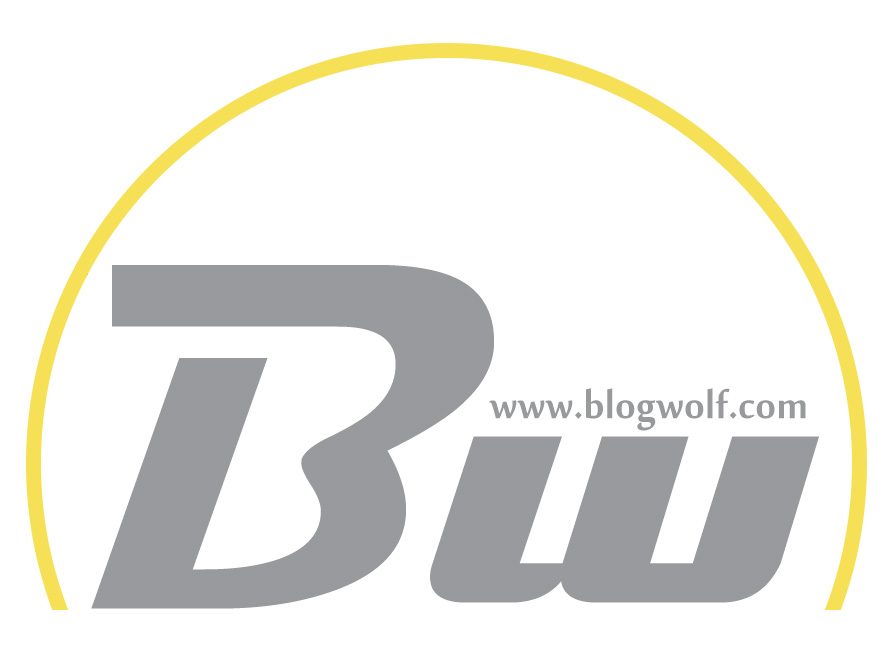Table of Contents
Password management is a crucial aspect of cybersecurity, particularly for enterprises that rely on Microsoft Active Directory (AD) to handle user authentication and access control. With the increasing prevalence of cyber threats, organizations are constantly seeking ways to enhance security while maintaining convenience. One common question among IT administrators is whether Keeper, a leading password manager, supports rotating passwords for Microsoft Active Directory.

Understanding Password Rotation in Active Directory
Microsoft Active Directory is a directory service that centralizes authentication and access management for enterprises. One of its key security features is password rotation, which ensures that user credentials are regularly updated to minimize the risk of compromise. Automated password rotation helps organizations comply with security policies and regulatory requirements, reducing the potential for unauthorized access.
Password rotation in AD can be implemented through Group Policy Objects (GPOs), PowerShell scripts, or third-party solutions that integrate with AD. This process is especially critical for privileged accounts and service accounts, as they often hold extensive access to sensitive systems and data.
Keeper’s Integration with Active Directory
Keeper is a widely used enterprise password management solution that provides secure password storage, sharing, and automation. For businesses utilizing Microsoft Active Directory, Keeper offers the Keeper AD Bridge, which allows seamless synchronization of user accounts, roles, and groups between AD and Keeper.
With the Keeper AD Bridge, organizations can streamline user provisioning and deprovisioning while enforcing password policies across their infrastructure. However, the question remains: does Keeper support automatic password rotation for Active Directory accounts?
Keeper’s Password Rotation Capabilities
Keeper does provide an automated password rotation feature, but its functionality is primarily designed for privileged accounts and service accounts rather than standard Active Directory user accounts. The Keeper Secrets Manager and Keeper Enterprise Password Manager both offer password rotation for systems, databases, and applications that require frequent credential updates.
For Active Directory, password rotation can be facilitated through integration with Keeper’s privileged access management (PAM) features. IT administrators can configure Keeper to automatically update and store credentials for privileged accounts, ensuring that they remain secure and compliant with internal policies.
However, Keeper does not natively enforce password rotation for general Active Directory user accounts. This means that while administrators can use Keeper to store and manage AD credentials, the actual enforcement of password rotation policies must be handled through AD’s built-in mechanisms, such as Group Policy or third-party identity and access management (IAM) solutions.
Benefits of Using Keeper with Active Directory
Despite the lack of native password rotation for general AD accounts, Keeper offers several advantages when integrated with Active Directory. It provides a centralized repository for storing AD credentials securely, reducing the reliance on insecure methods such as spreadsheets or sticky notes. Keeper also enhances security by enabling multi-factor authentication (MFA), password auditing, and access controls, which help prevent unauthorized access.
Furthermore, Keeper’s ability to generate strong, unique passwords ensures that even if a password is compromised, it does not pose a risk to other accounts. By combining Keeper with AD password policies, organizations can achieve a more robust security posture.
Alternatives for Automating AD Password Rotation
For organizations that require automatic password rotation for general AD accounts, third-party solutions like Microsoft LAPS (Local Administrator Password Solution), CyberArk, and Thycotic Secret Server may be more suitable. These tools specialize in password rotation and privileged account management within Active Directory environments.
Keeper can still play a complementary role in these setups by securely storing and managing credentials for IT staff, preventing password reuse, and enforcing secure access to AD-related accounts.
While Keeper does not natively support automatic password rotation for standard Active Directory user accounts, it does provide password rotation for privileged accounts and service accounts through its Secrets Manager and Enterprise Password Manager. Organizations looking for comprehensive AD password rotation solutions may need to rely on additional third-party tools, but Keeper remains a valuable component of a robust password management strategy. By integrating Keeper with AD, businesses can enhance security, enforce strong password policies, and streamline user access management.

